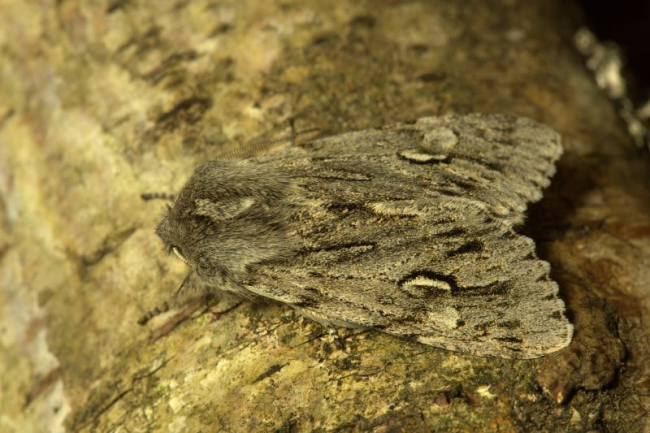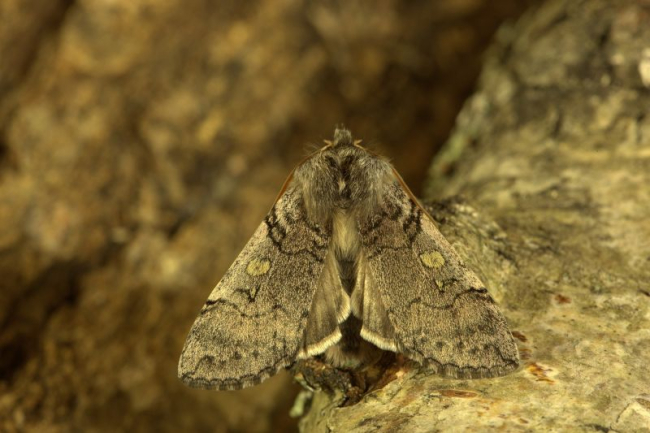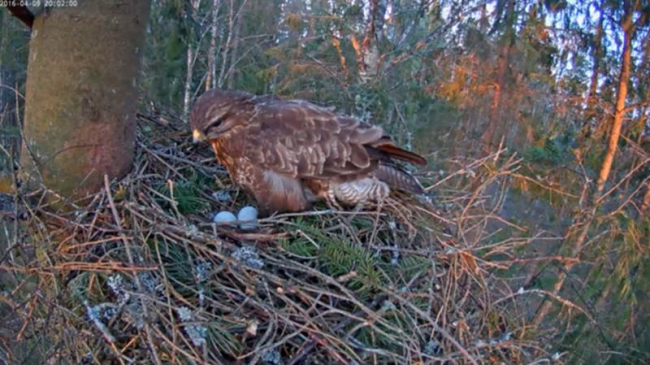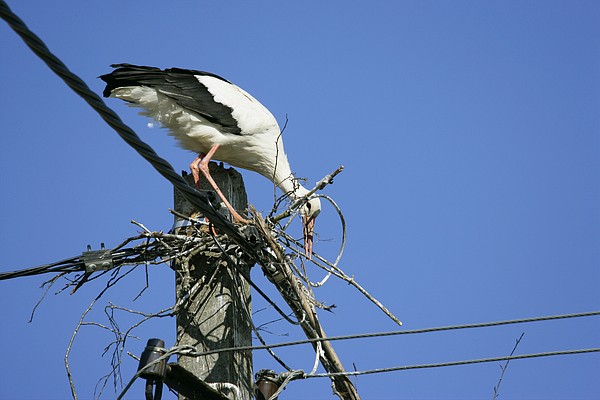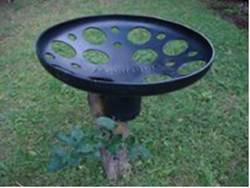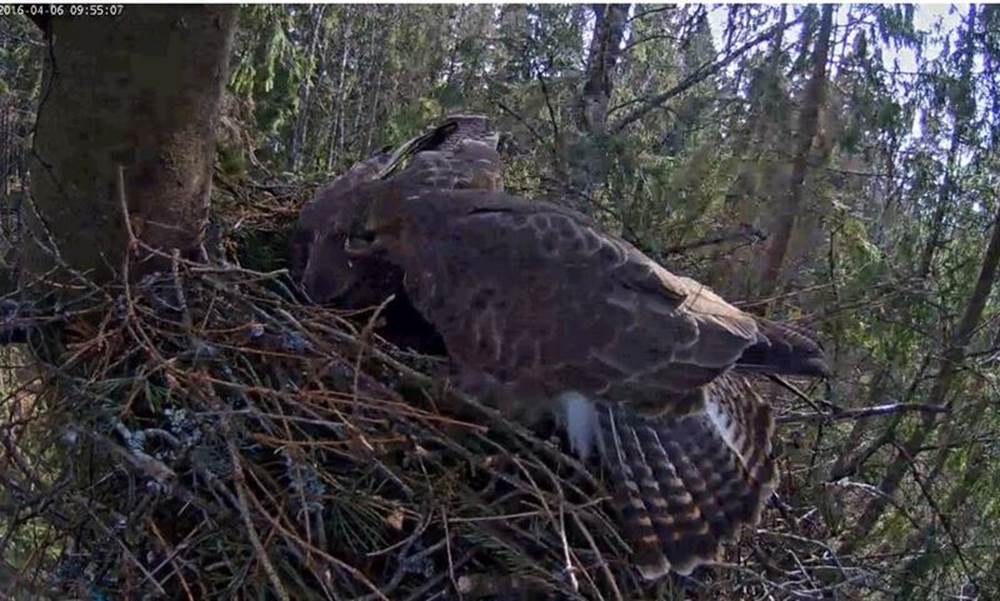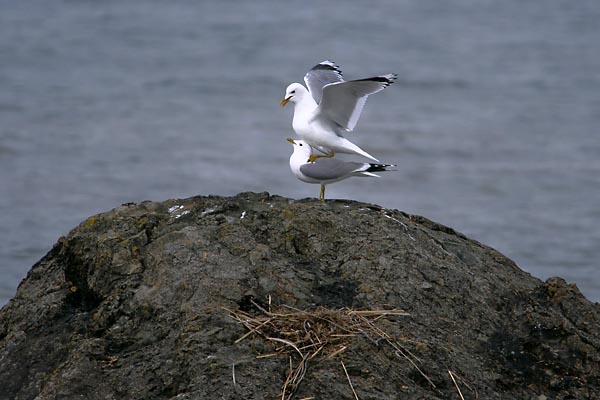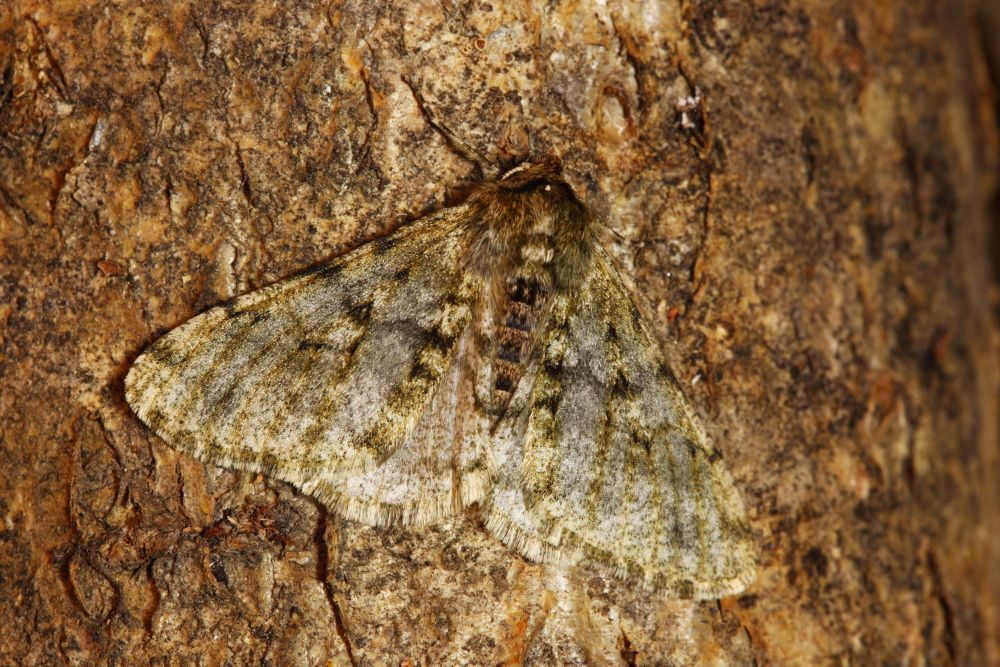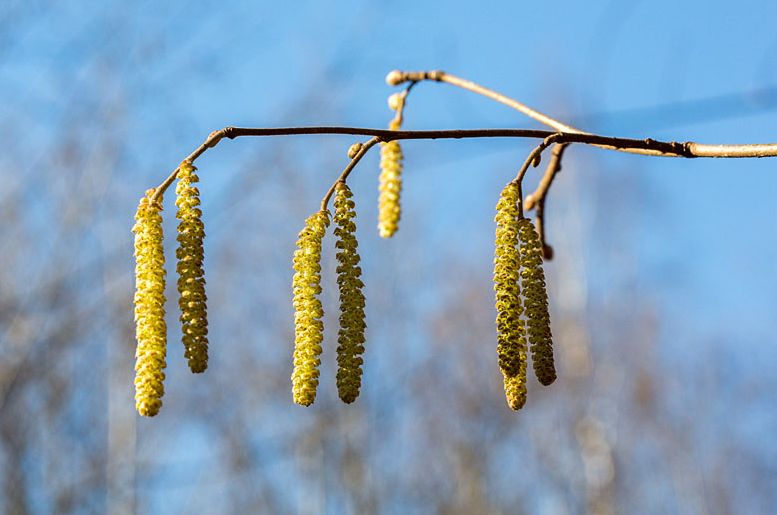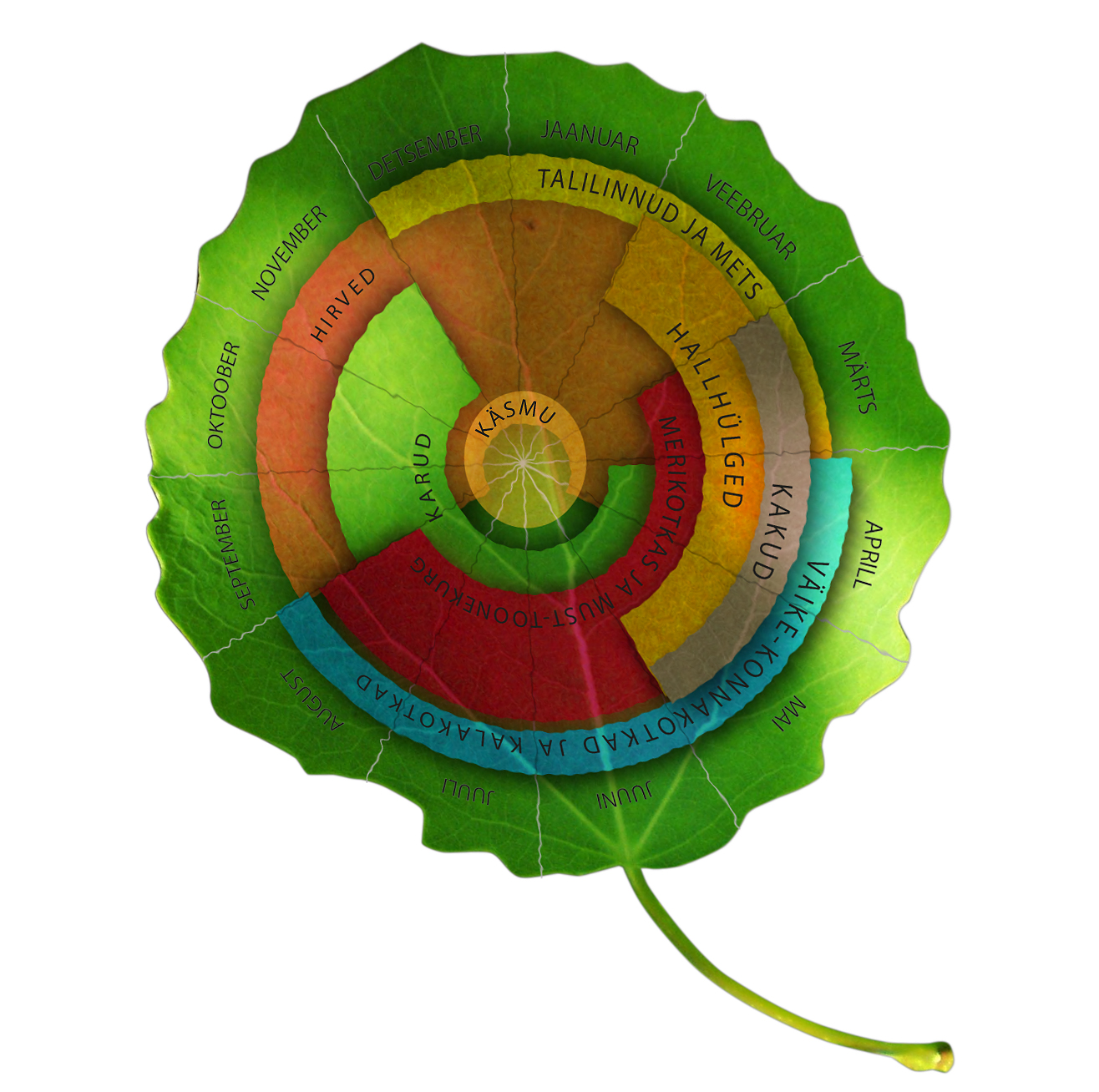VIDEO: First egg for our storks
Video recorded by Urmas Lett, www.eenet.ee
Image of newly arrived storks captured by Olga, LK forum April 5th
Translation Liis
Black stork Must-toonekurg Ciconia nigra
The camera was installed on the Karula lands on April 4th. This nest was discovered only last year. Favourable southerly winds brought the black storks there the next day. Things have developed at lightning speed. The forum members made a quick round of name-giving: the female is called Kati and the male, Karl.

